How making a newspaper helped an indie record shop find its voice
The first issue of Deluxe was, in Rupert Morrison’s words, “lumpy.” He’s the owner of Drift, an award-winning record shop in Totnes – not...
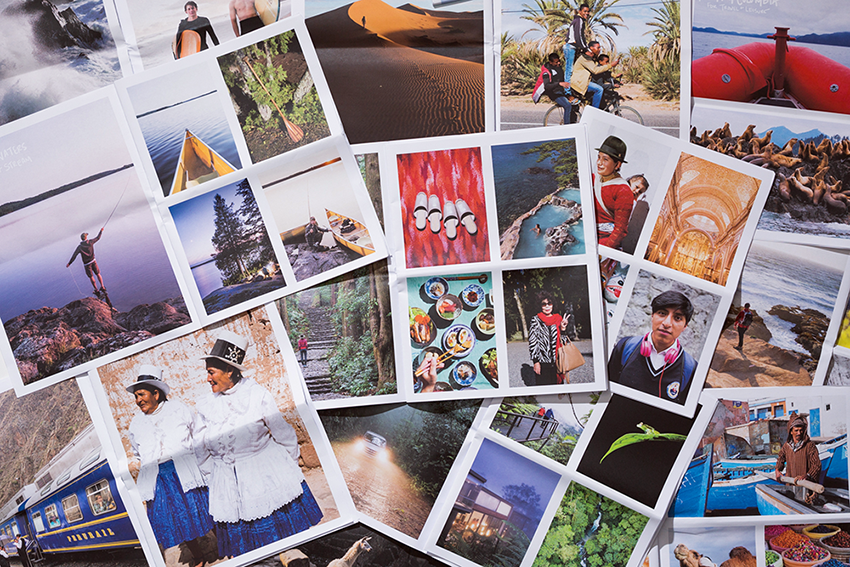
While studying physics in college, photographer Peter Bohler decided he wanted to explore the world “in a less abstract way." An experienced climber and backpacker, Bohler transitioned into photography by pitching stories focused on the outdoors. He now makes a living documenting remarkable landscapes for the likes of AFAR, Travel + Leisure, Bloomberg and Airbnbmag. In his latest promo, printed as a tabloid newspaper, he shares recent images from Morocco, Peru, Point Reyes and beyond.
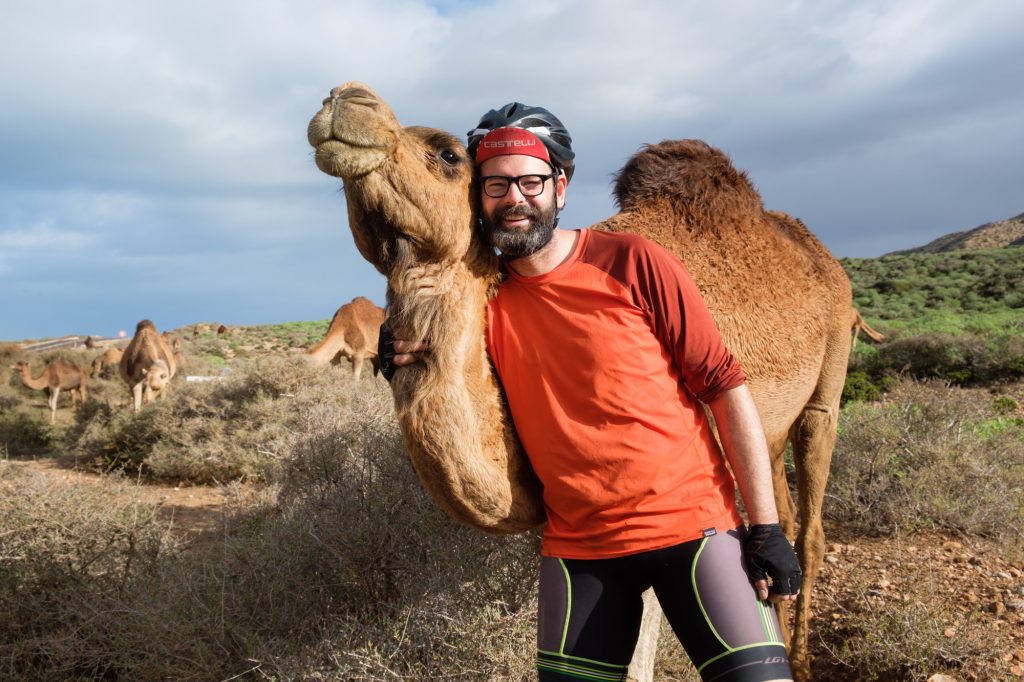
Below, Bohler talks about what it takes to tell compelling travel stories, the importance of building a multidisciplinary skill set and the project he's most proud of from the past year.
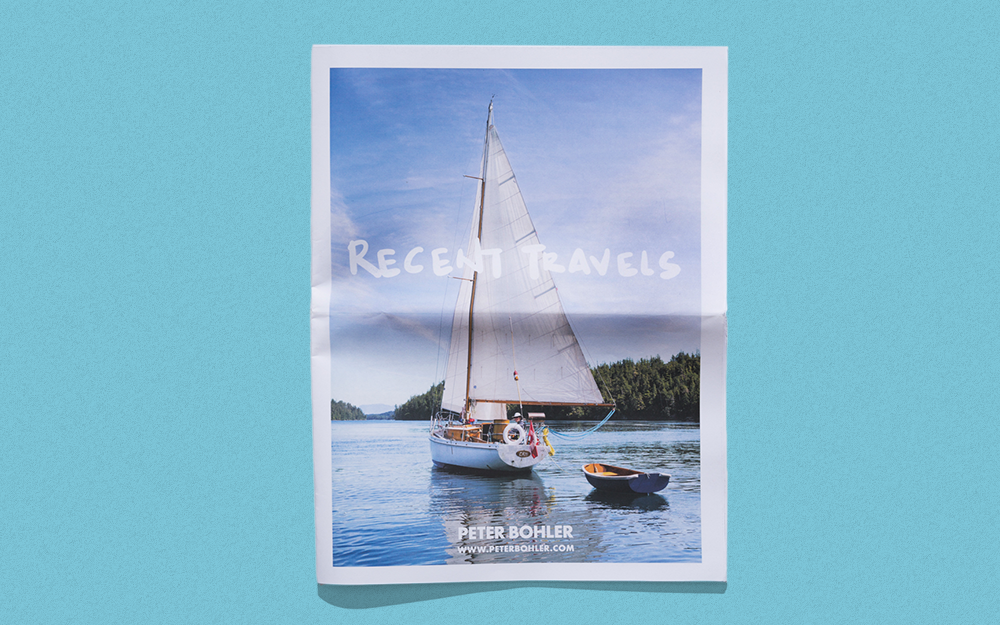
This newspaper is filled with travel work from the last two years. I'm sending it as a promo to select travel clients, and using it as a leave-behind when I have client meetings.
Most of these stories were commissioned to accompany travel writing. Usually the writer has finished the piece before I go, which I like, because it allows me to make pictures in response to the writing.
The exception is the Morocco story, which was a trip my fiancé Celia Hoffman and I took together. We spent nearly a month there having a really unplanned, organic experience. She wrote a story about it for AFAR when we returned home. I should also note that she did all the amazing lettering in this promo.
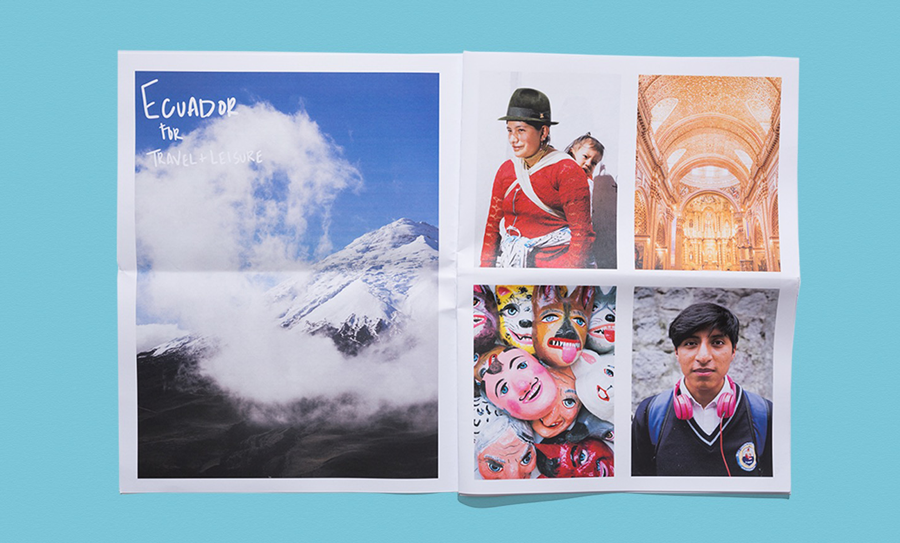
I started out studying physics in college. I've always been interested in understanding and exploring the world, but eventually I realized I wanted to do that in a less abstract way.
After college I assisted for several years, while doing a lot of backpacking and climbing and shooting my own projects. I finally broke through by pitching my own stories, which were mostly about subcultures that formed around places and landscapes: dune buggy culture in sand dunes, ice climbing festivals, etc. Shooting travel stories has been a natural evolution.
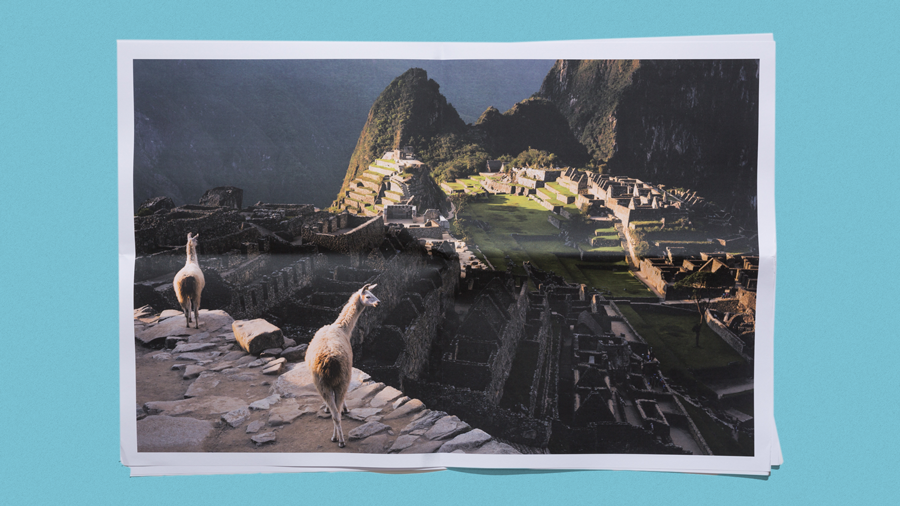
Most of this promo were shot with a Pentax 645z, a digital medium format camera. I started shooting 4x5 and medium format film, and the Pentax translates a bit of that feel to digital.
Most of these stories are a week or two, which isn't much time. The shoots end up being really immersive, intense experiences—well beyond sunrise to sunset. I enjoy that, though. It makes my time there vivid.
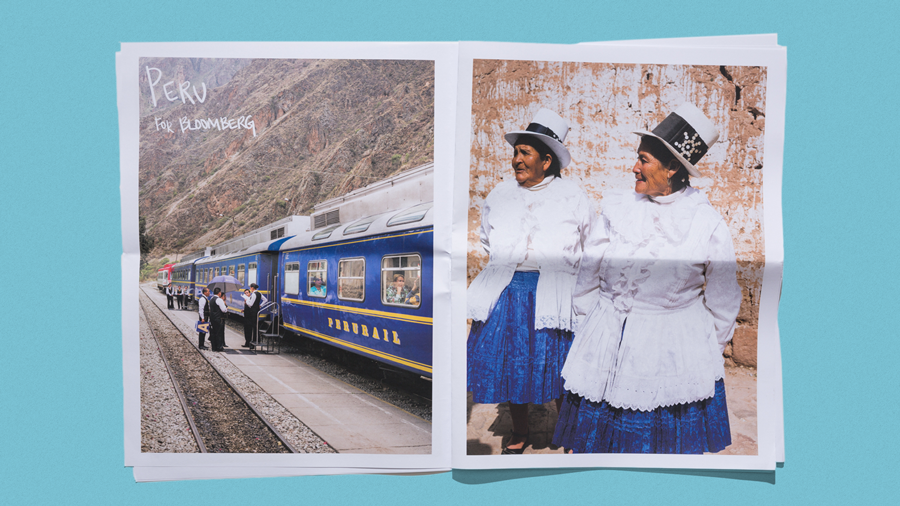
I rely a lot on the people I meet to help me understand a place. While I wouldn't claim to know any of these places deeply, knowing something about a place is essential to making pictures.
I think you need to be a well-rounded photographer to shoot these kinds of stories. You need to be able to shoot portraits and landscapes and still lifes and food to create a full impression of a place. And there's a certain logistical aspect to it as well, of being able to get by in rugged and challenging places. I'm grateful that I have a lifetime of outdoor experience to draw on.
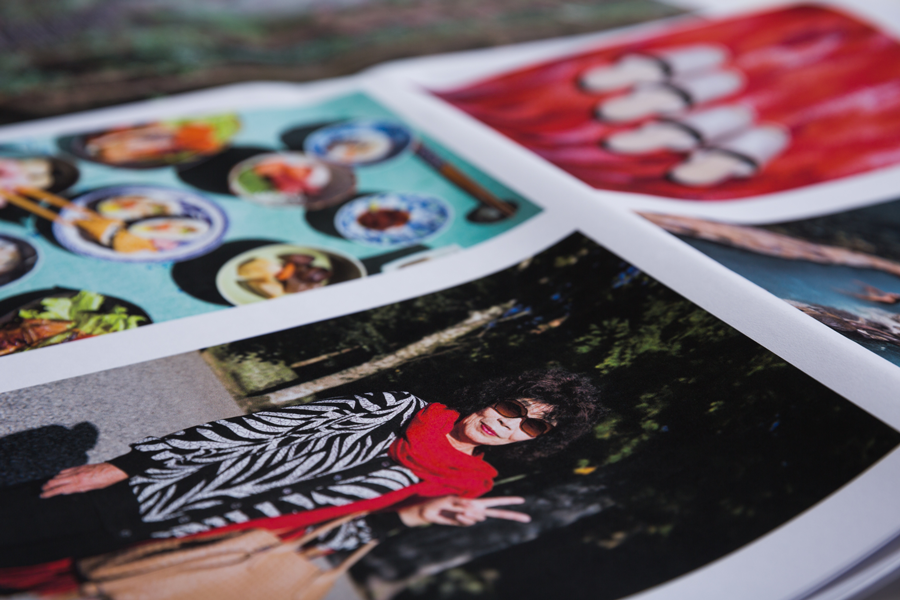
I shot a story for The New York Times Magazine about female inmates who fight wildfires in California. It was one of the most complex and fascinating stories I've ever worked on. I'd long been interested in shooting wildfire fighting because of the intense physical nature of the work, the extreme environment, and the way the crews need to bond together. And these women are in the criminal justice system, which really changes the meaning and circumstance of that work. It was both troubling and inspiring.
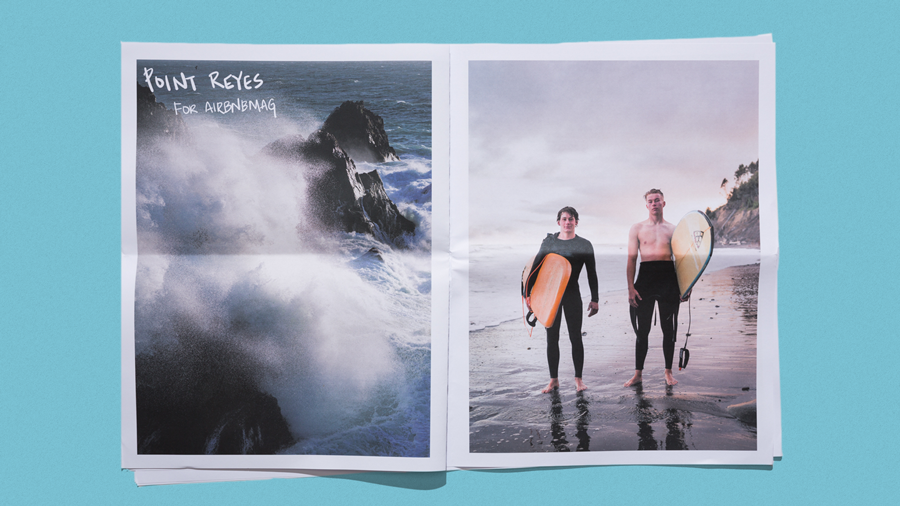
This is a tough question because there are so many incredible photographers working today. I draw a lot of inspiration from fine artists like Richard Misrach, Katy Grannan, Deanna Lawson, and Alec Soth—they all have an incredible eye for the American landscape and the people in it.
In the more editorial/commercial sphere, lately I've been really impressed by Thomas Prior, Cait Opperman, João Canziani, and Dana Scruggs.
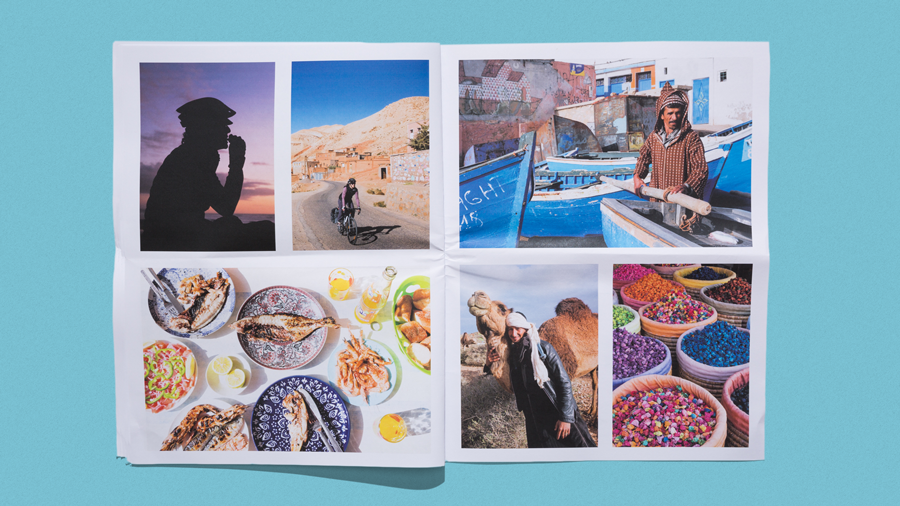
For me, photography is fascinating because it's this simultaneous process of figuring out what you are trying to say while you are saying it. Shooting a lot strengthens this voice. But I think it's also important to step back and think about whether there are other ways of communicating what you want to say. Being multidisciplinary is a big advantage in the photo world today.
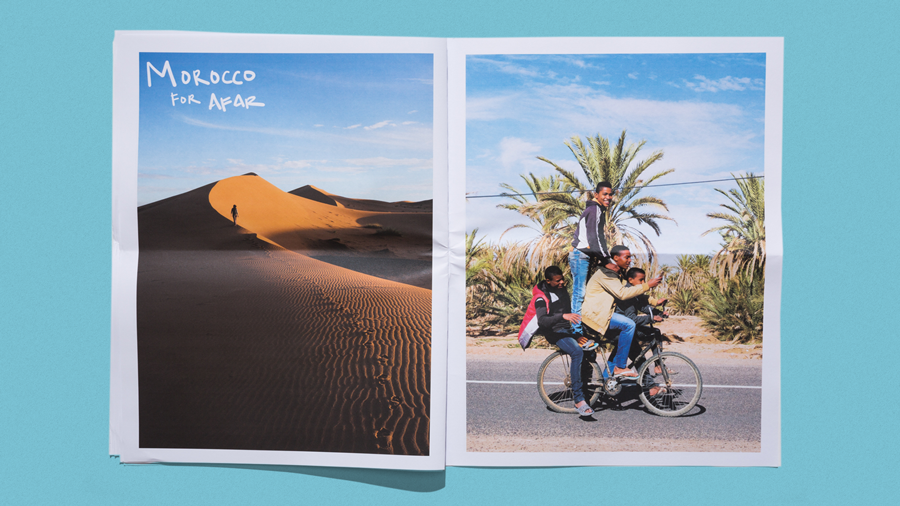
While we were in Morocco, we spent a night in an old casbah that had been converted to a guesthouse. The terrace had a mountain view, and it'd be a fine place to read a newspaper, alongside a pot of sugary Moroccan mint tea.
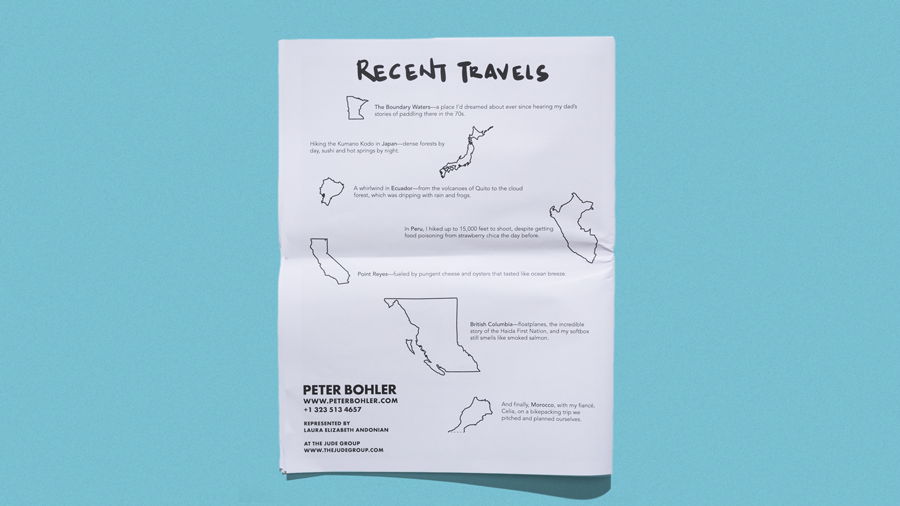
Print your own newspaper with Newspaper Club. ️
The first issue of Deluxe was, in Rupert Morrison’s words, “lumpy.” He’s the owner of Drift, an award-winning record shop in Totnes – not...
Spring is in the air and a new season of print is upon us! In this roundup, we've got a creative pick-me-up from Papier, a peek behind...
As Newspaper Club’s digital product manager, Billy Whitehouse spends his days helping others bring their print ideas to life. But...